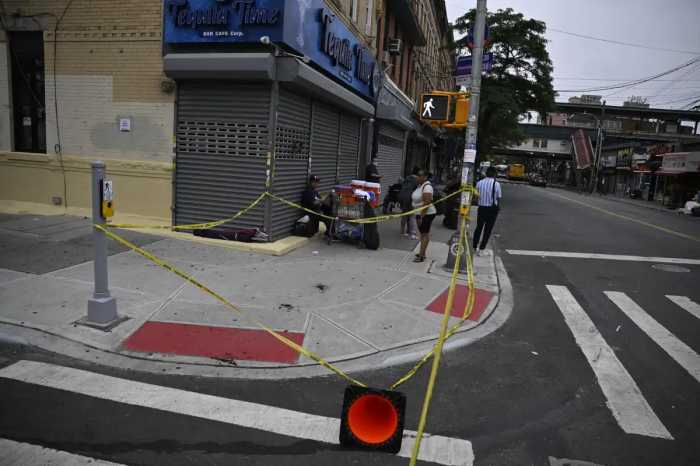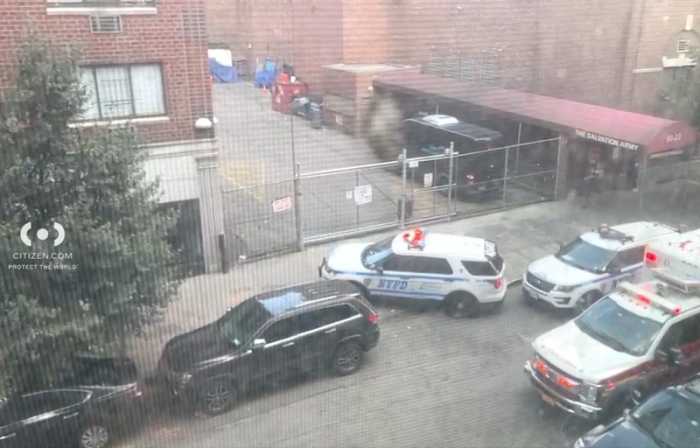By Philip Newman
Winston Moseley, 81, the South Ozone Park business machine operator by day and murderous prowler by night whose savage slaying of Kitty Genovese led to an exaggerated reputaton of city dwellers as reluctant to help a neighbor in distress, died March 28 after after 52 years in prison.
Moseley died at Clinton Correctional Facility at Dannemora, N.Y., according to Patrick Bailey, a spokesman for the New York State Department of Corrections and Community Supervision.
Moseley was originally sentenced to death, but when New York state abolished the death penalty, he faced life imprisonment.
It will never be known whether Catherine “Kitty” Genovese, 29, noticed the white Chevrolet Corvair that followed her five miles from her job as manager of Ev’s 11th Hour Club in Hollis that chilly March 13 morning in 1964.
Genovese arrived home at 3:20 a.m. at at 82-62 Austin St., faux Tudor apartment house in Kew Gardens next to the Long Island Rail Road station. The Corvair stopped, a 29-year-old man got out, chased Genovese down and began stabbing her.
The crime triggered headlines throughout America and abroad that heavily contributed to the concept that citizens of urban environments are not their brother’s keeper.
An early New York Times report from the police investigation indicated as many as 38 of Genovese’s neighbor heard her dying screams but “did not want to get involved.” Later reports indicated that few in her building knew the screams were from a dying woman and several dismissed them as coming from drunken patrons of a ground floor bar.
One of her neighbors said he shouted out a window “let that girl go!.”
Several times when light went on in nearby apartments, Moseley slipped into shadows or dark doorway only to renew his barbaric knifing of Genovese, who died on the way to Queens General Hosital, after her killer had gone.
Five days later police arrested Moseley in East Elmhurst. The married father of two confessed to several burglaries and rapes, finally admitting that he followed Genovese and killed her.
In recent years the Times story of the apathetic neighbors has been largely discrediited as a new generation of reporters and writers have dug deeply into the case. The Times’ flawed coverage of the Genovese murder was overseen by A.M. Rosenthal, the city editor, who went on to become editor in chief of the newspaper.




































